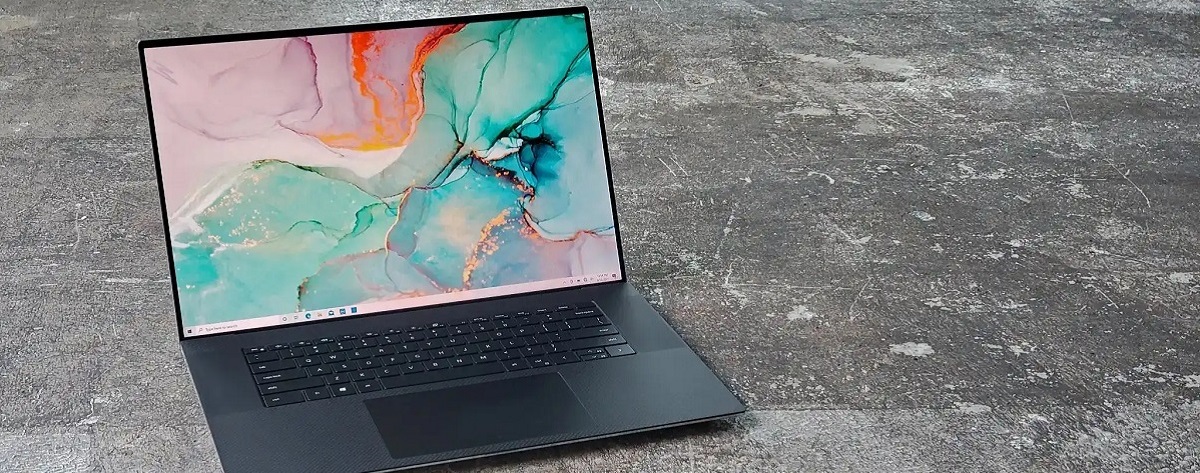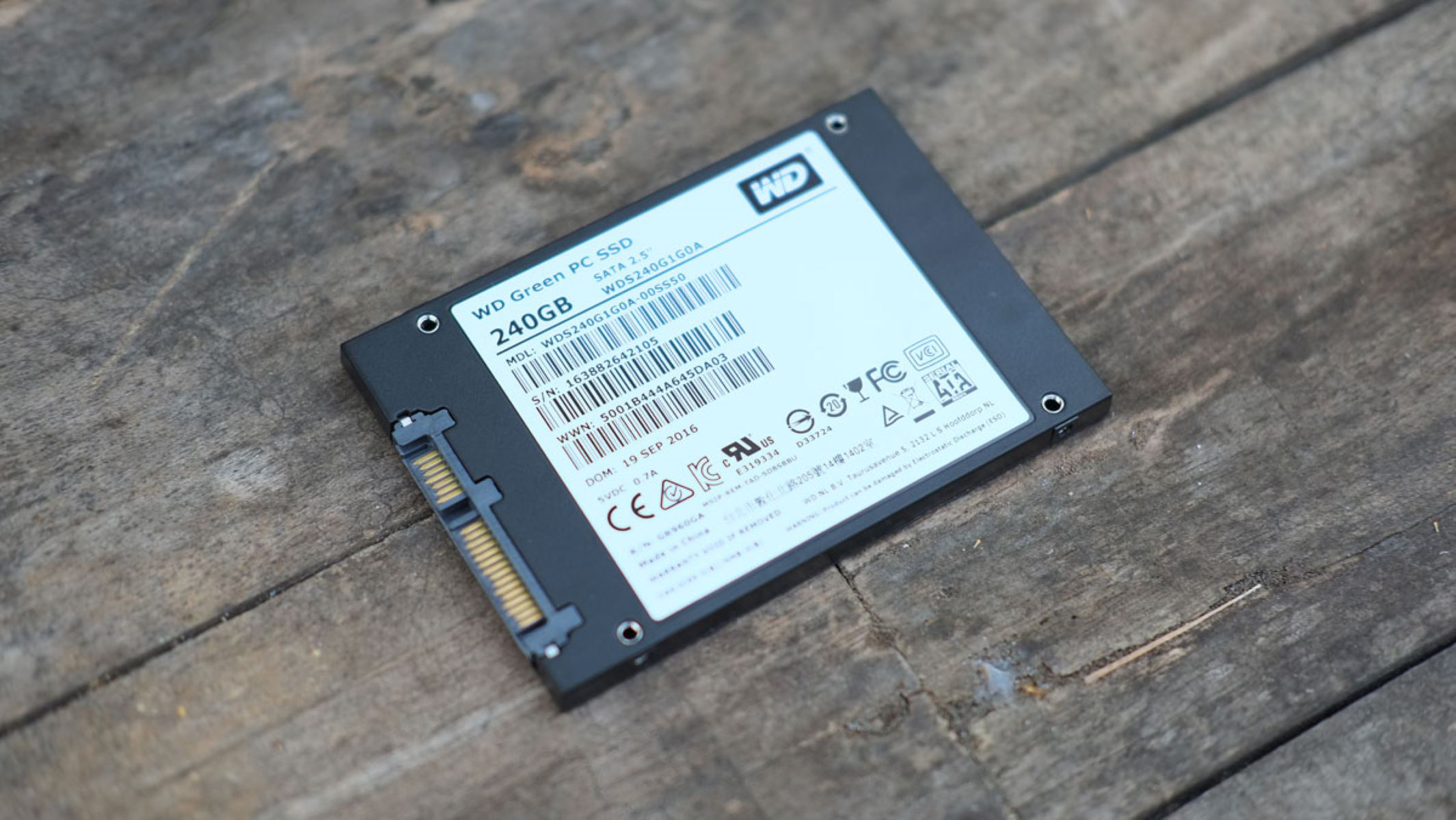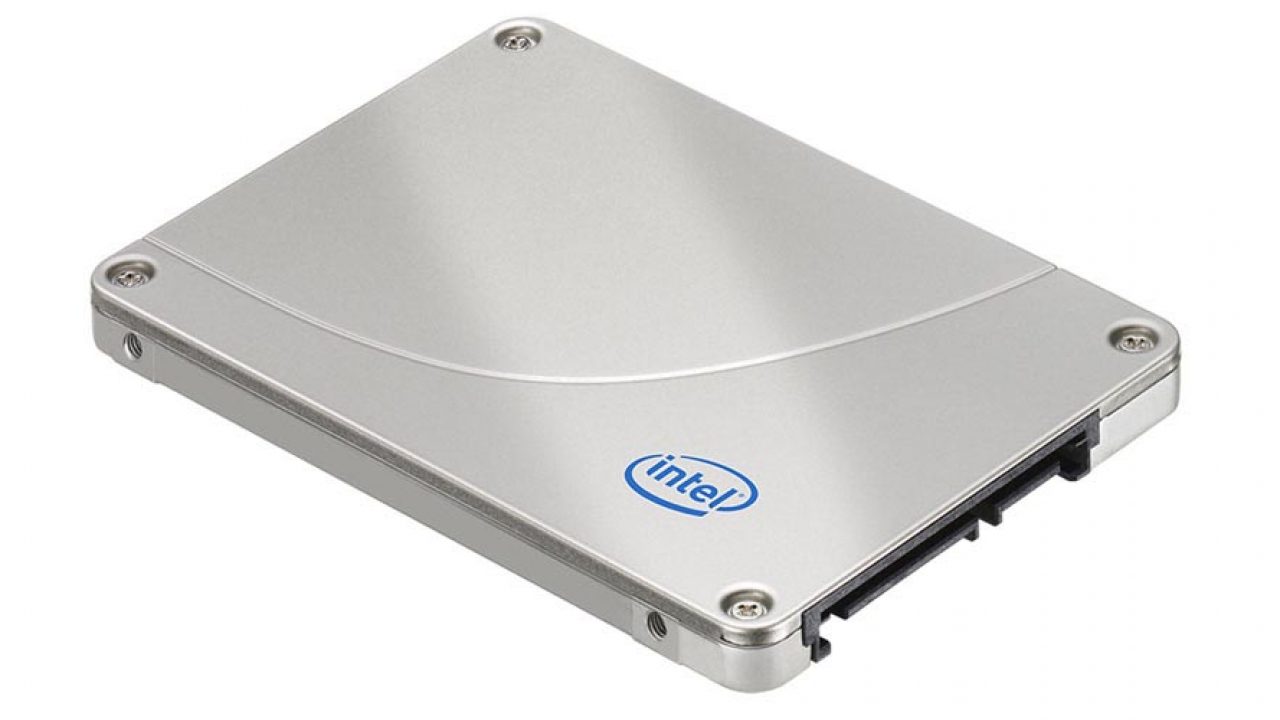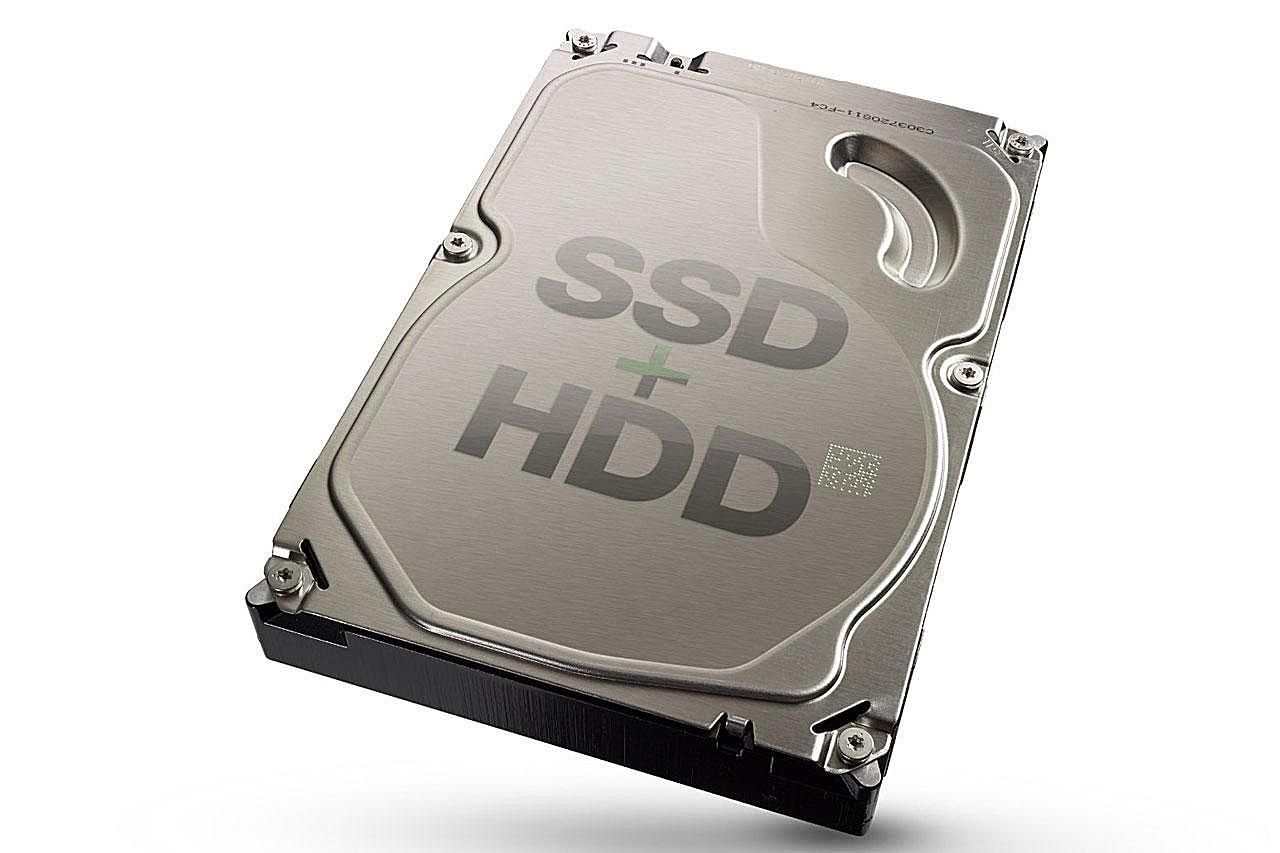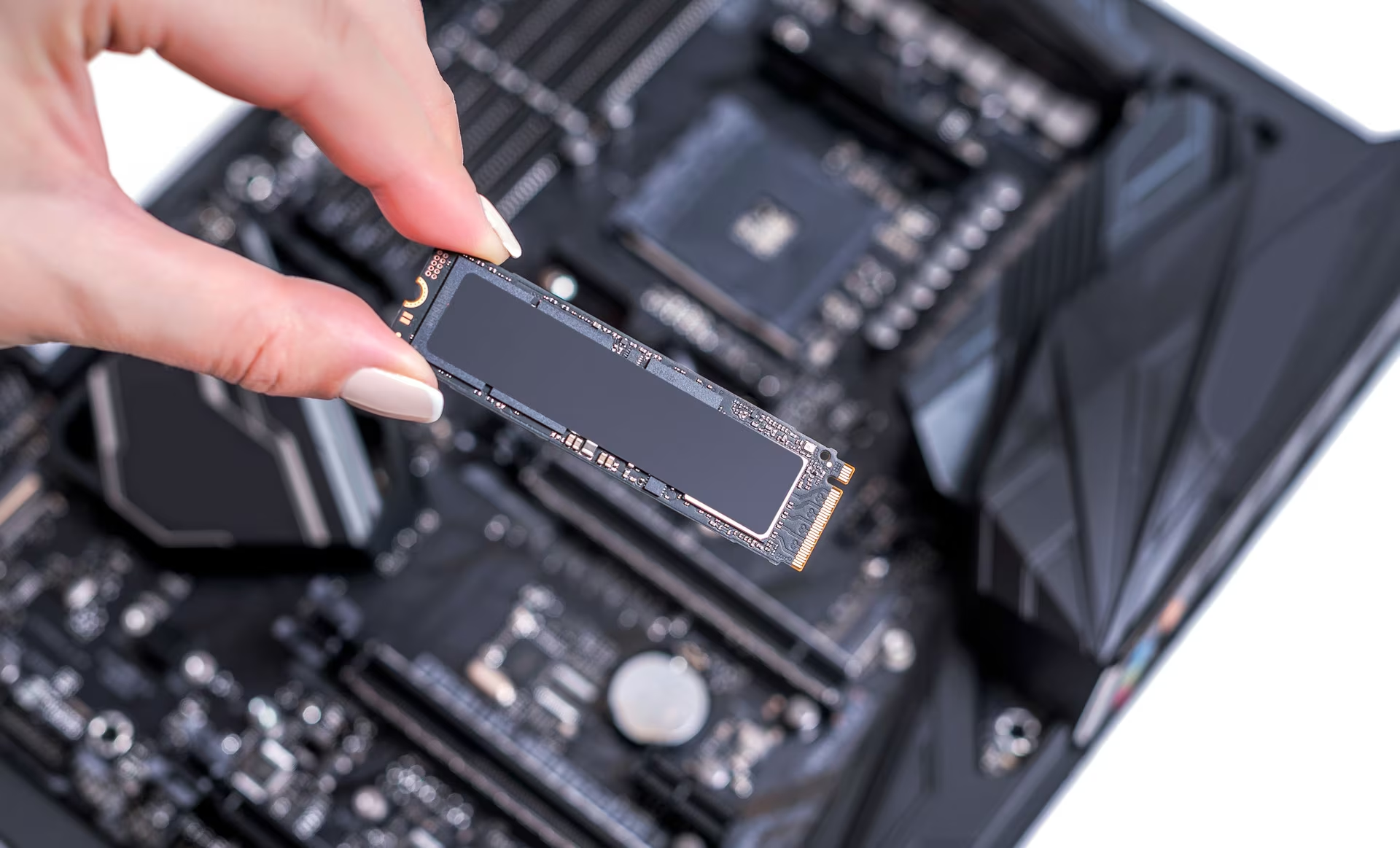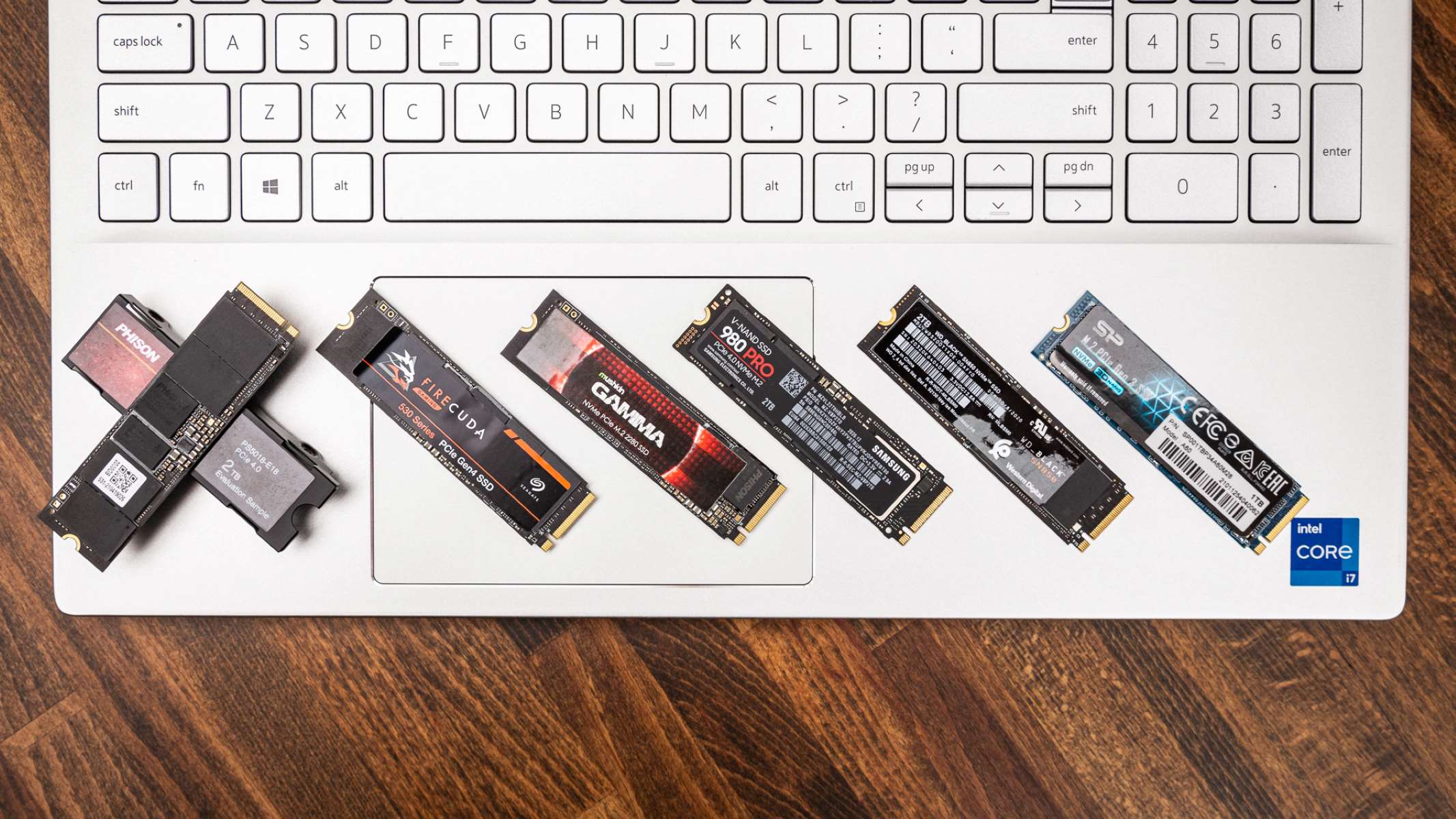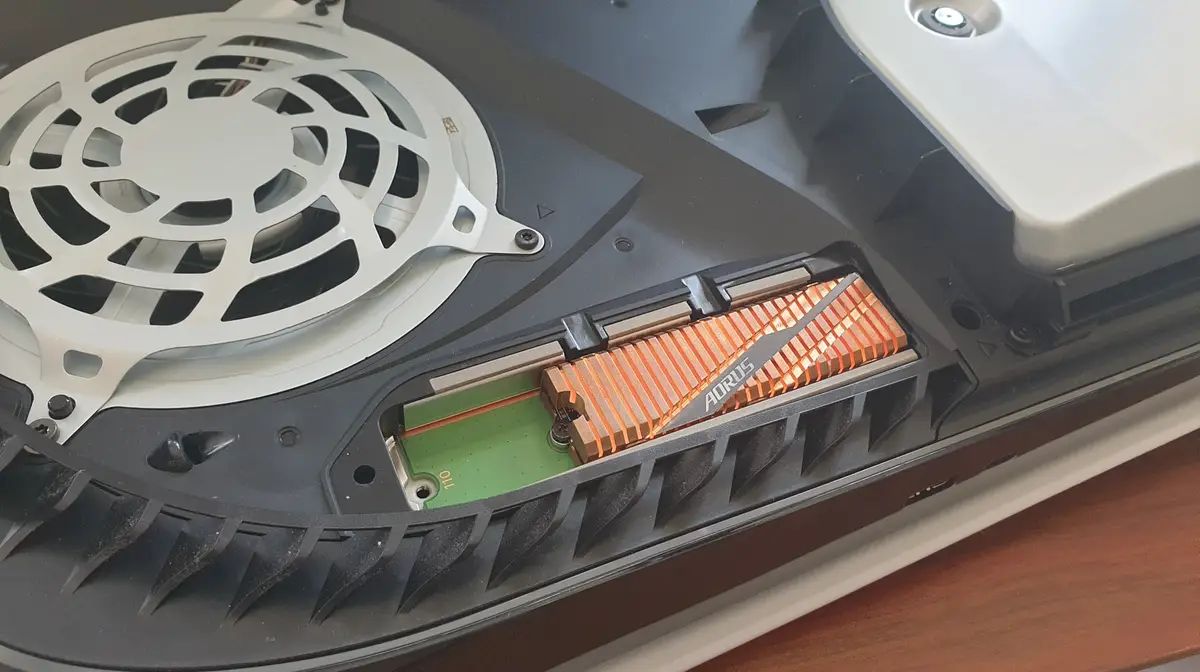Intro
When it comes to laptops, one of the most crucial factors that can significantly impact your user experience is the storage drive. While traditional hard disk drives (HDDs) have been the norm for many years, solid-state drives (SSDs) have gained popularity due to their superior performance and reliability. In particular, laptops equipped with large SSDs offer users enhanced speed, improved responsiveness, and ample storage capacity for their data and files.
In this article, we will explore the world of laptops with large SSDs and provide insights into their cost. We will discuss the advantages of opting for a laptop with a large SSD, delve into the various factors affecting the price, and highlight different pricing ranges based on the laptop’s specifications. Whether you are a budget-conscious shopper or seeking high-performance laptops, we’ve got you covered.
By the end of this article, you will have a better understanding of the cost considerations associated with laptops equipped with large SSDs. With this knowledge in hand, you can make an informed decision when purchasing a laptop that meets your storage and performance requirements.
What is a Solid State Drive (SSD)?
A solid-state drive (SSD) is a type of storage device that uses integrated circuit assemblies to store data persistently, just like a traditional hard disk drive (HDD). However, SSDs differ significantly from HDDs in their internal technology and performance.
Unlike HDDs that use magnetic disks and moving parts to read and write data, SSDs utilize flash memory chips to store data electronically. This design eliminates the need for mechanical components, making SSDs more durable, reliable, and faster than HDDs.
SSDs deliver enhanced performance by providing significantly faster data access and transfer speeds. With no mechanical delays, SSDs can retrieve and save data in a fraction of the time required by HDDs. This results in reduced program loading times, faster boot-up speeds, and quicker file transfers.
Additionally, SSDs are less susceptible to physical damage caused by drops, shocks, or vibration since they lack moving parts. This makes them an ideal choice for laptops, as they can withstand the rigors of everyday use and provide added durability for users on the go.
Another advantage of SSDs is their energy efficiency. Unlike HDDs that require spinning disks and motors, SSDs consume significantly less power. This results in extended battery life for laptops, allowing users to work for longer periods without the need for frequent charging.
In summary, SSDs offer numerous benefits over traditional HDDs, including faster performance, improved reliability, increased durability, and energy efficiency. These advantages make them a preferred choice for users who prioritize speed, responsiveness, and longevity in their laptop storage solution.
Benefits of a Large SSD
Opting for a laptop with a large solid-state drive (SSD) can bring several significant advantages to your computing experience. Let’s explore the benefits of having a large SSD in your laptop:
1. Increased Storage Capacity: One of the primary advantages of a large SSD is the ample storage space it provides. With a large SSD, you can store a vast amount of files, documents, photos, videos, and applications without worrying about running out of space. This is especially beneficial if you work with large multimedia files or need to keep a sizable collection of data on your laptop.
2. Improved Performance: SSDs are known for their exceptional speed and responsiveness compared to traditional hard disk drives (HDDs). With a large SSD, you can experience significantly faster boot-up times, quicker program launches, and seamless multitasking. This is because SSDs have faster access times and data transfer speeds, resulting in a smoother and more efficient computing experience.
3. Enhanced Data Access: Large SSDs enable faster read and write operations, allowing you to access your files and applications with minimal latency. Whether you’re opening documents, editing photos, or working with complex software, a large SSD can ensure swift data access, reducing waiting times and boosting productivity.
4. Reliability and Durability: Compared to HDDs, SSDs are more resistant to physical shocks, vibrations, and damage. This is because SSDs lack mechanical moving parts, making them less prone to failure. By choosing a laptop with a large SSD, you can enjoy increased durability and peace of mind, knowing that your valuable data is well protected.
5. Energy Efficiency: Large SSDs consume less power compared to HDDs, resulting in enhanced battery life for your laptop. With lower power consumption, you can work on the go for longer periods without the need for frequent recharging. This is especially advantageous for travelers, students, or anyone who needs prolonged usage without access to a power source.
In summary, a large SSD offers increased storage capacity, improved performance, enhanced data access, reliability, durability, and energy efficiency. These benefits make it an attractive choice for both personal and professional use, ensuring a seamless and efficient computing experience while providing ample space to store your files and applications.
Factors Affecting the Cost of a Laptop with a Large SSD
The price of a laptop with a large solid-state drive (SSD) can vary based on several key factors. Understanding these factors can help you make an informed decision when considering the cost of such a laptop. Here are the main factors that affect the price of a laptop with a large SSD:
1. SSD Capacity: The storage capacity of the SSD is a significant factor in determining the cost of a laptop. Generally, larger SSD capacities, such as 1TB or 2TB, come at a higher price compared to smaller capacities, like 256GB or 512GB. If you require ample storage space, you can expect to pay more for a laptop with a larger SSD capacity.
2. Brand and Model: The brand and model of the laptop play a role in determining the cost. Well-established brands with a reputation for quality and performance often have higher price points. Additionally, premium laptop models with advanced features, sleek designs, or cutting-edge technology may come at a higher cost compared to entry-level or mid-range laptops.
3. Overall Specifications: The specifications of the laptop, including the processor, RAM, graphics card, display resolution, and additional features, can impact the price. Laptops with higher-end specifications, such as powerful processors, larger RAM capacities, dedicated graphics cards, and high-resolution displays, tend to be more expensive compared to laptops with lower specifications.
4. Build Quality and Design: The build quality and design of the laptop can influence the cost. Laptops made with premium materials, such as aluminum or carbon fiber, are generally more expensive than those made with plastic. Additionally, laptops with sleek and slim designs, ergonomic keyboards, and premium finishes may have a higher price tag.
5. Market Demand: Market demand and supply also affect the cost of laptops with large SSDs. If the demand for a particular laptop model is high and the supply is limited, the price tends to increase. On the other hand, if there is higher competition or ample supply in the market, the price may be lower.
In summary, the cost of a laptop with a large SSD is influenced by factors such as the storage capacity, brand and model, overall specifications, build quality and design, and market demand. By considering these factors, you can determine the best laptop option that fits your budget and meets your specific requirements.
Entry-Level Laptops with Large SSDs
If you’re looking for an affordable option that still provides ample storage and decent performance, entry-level laptops with large solid-state drives (SSDs) can be a great choice. These laptops offer a balance between affordability and functionality, making them suitable for casual users, students, or anyone on a budget. Here are some key features and considerations when it comes to entry-level laptops with large SSDs:
1. Storage Capacity: Entry-level laptops typically come with SSD capacities ranging from 256GB to 512GB. While not as expansive as higher-priced models, these capacities still offer sufficient space for storing documents, multimedia files, and applications.
2. Performance: While entry-level laptops may not have the processing power or advanced features of higher-end models, they can still deliver satisfactory performance for everyday tasks. With a large SSD, these laptops provide quick boot-up times, responsive program launches, and smooth multitasking capabilities, enhancing overall user experience.
3. Display and Design: Entry-level laptops often come with 14-inch to 15.6-inch displays, providing a comfortable viewing experience for both work and entertainment. In terms of design, while they may not sport premium materials or ultra-thin profiles, entry-level laptops still offer functional and durable builds, ensuring reliable performance.
4. Budget-Friendly: The main advantage of entry-level laptops with large SSDs is their affordability. These laptops are priced competitively, making them accessible to a wider range of users. If you’re on a tight budget but still want the benefits of a large SSD, an entry-level laptop can be an excellent choice.
5. Connectivity and Ports: Entry-level laptops generally feature a good selection of ports to connect various peripherals, such as USB ports, HDMI outputs, and SD card readers. While they may not have the extensive connectivity options of higher-end laptops, entry-level models still offer sufficient connectivity for most users’ needs.
In summary, entry-level laptops with large SSDs provide a cost-effective solution for users who prioritize storage capacity and basic performance without the need for advanced features. These laptops offer sufficient storage, decent performance, and essential connectivity options while fitting within budget constraints. If you’re a casual user or a student looking for an affordable laptop with ample storage space, an entry-level laptop with a large SSD can be the perfect option for you.
Mid-Range Laptops with Large SSDs
Mid-range laptops with large solid-state drives (SSDs) strike a balance between performance, storage capacity, and affordability. These laptops are suitable for users who require more power and storage space without breaking the bank. Here are some key features and considerations when it comes to mid-range laptops with large SSDs:
1. Storage Capacity: Mid-range laptops typically offer SSD capacities ranging from 512GB to 1TB. This provides ample space for storing a large number of files, multimedia content, and software applications.
2. Performance: Mid-range laptops are equipped with more powerful processors, higher RAM capacities, and dedicated graphics cards compared to entry-level models. This ensures smoother multitasking, faster data access, and improved graphics performance, making them suitable for tasks that require more processing power.
3. Enhanced Display and Design: Mid-range laptops often feature larger and higher-resolution displays, such as 15.6-inch or even 17.3-inch screens. These laptops also tend to have better build quality, with a more premium design and durable construction materials.
4. Additional Features: Mid-range laptops may include additional features like backlit keyboards, fingerprint readers, or advanced cooling systems. These features enhance user convenience and overall usability, providing a more enjoyable computing experience.
5. Longevity: Mid-range laptops are designed to provide reliable performance over an extended period. They are built with better components and undergo more rigorous testing compared to entry-level models. This ensures that these laptops can handle demanding tasks and remain functional for several years.
6. Price Range: Mid-range laptops with large SSDs are more expensive than entry-level models but still offer a relatively affordable option for users who need a balance of performance and storage capacity. Prices typically range from moderate to slightly higher, depending on the specific brand, model, and specifications.
In summary, mid-range laptops with large SSDs offer a step up in terms of performance, storage capacity, and features compared to entry-level models. They are ideal for users who require more power for productivity, multimedia, or light gaming purposes. With larger SSD capacities, improved performance, and additional features, mid-range laptops provide a solid balance between functionality and affordability. If you’re looking for a laptop that offers good performance, ample storage space, and more features without breaking the bank, a mid-range laptop with a large SSD is worth considering.
High-End Laptops with Large SSDs
High-end laptops with large solid-state drives (SSDs) cater to users who require maximum performance, extensive storage capacity, and top-of-the-line features. These laptops are designed for professionals, gamers, and enthusiasts who demand the best. Here are some key features and considerations when it comes to high-end laptops with large SSDs:
1. Storage Capacity: High-end laptops typically offer SSD capacities ranging from 1TB to 2TB or even higher. This allows for ample storage space to accommodate a vast collection of files, games, and multimedia content.
2. Powerful Performance: High-end laptops are equipped with the latest and most powerful processors, such as Intel Core i9 or AMD Ryzen 9, along with ample RAM and dedicated graphics cards. These laptops deliver exceptional performance for demanding tasks, including content creation, gaming, and heavy multitasking.
3. Advanced Graphics: High-end laptops often feature dedicated graphics cards from NVIDIA or AMD, allowing for smooth gaming, high-resolution video editing, and rendering. These laptops also offer high-refresh-rate displays and support for technologies like ray tracing and virtual reality.
4. Premium Display and Design: High-end laptops boast high-resolution displays with vibrant colors, wide viewing angles, and precise color accuracy. Additionally, they feature premium build quality with sleek designs, slim bezels, and lightweight construction using premium materials like aluminum or magnesium alloy.
5. Advanced Features: High-end laptops come with a plethora of advanced features, including Thunderbolt ports, advanced cooling systems, customizable RGB keyboards, biometric authentication options such as fingerprint readers or facial recognition, and high-quality audio systems.
6. Price Range: High-end laptops with large SSDs are the most expensive option in the market. The price range for these laptops is considerably higher due to their top-tier specifications, performance capabilities, and premium design.
In summary, high-end laptops with large SSDs provide unmatched performance, extensive storage capacity, and top-of-the-line features for power users and enthusiasts. With their powerful processors, advanced graphics, premium displays, and sleek designs, these laptops cater to professionals, gamers, and content creators who demand the ultimate computing experience. While high-end laptops come at a premium price, they offer unmatched performance, cutting-edge features, and exceptional design for those who prioritize top-tier performance and luxury.
Considerations When Choosing a Laptop with a Large SSD
When selecting a laptop with a large solid-state drive (SSD), there are several important considerations to keep in mind. These factors will help you find a laptop that best meets your needs and ensures a seamless computing experience. Here are some key considerations to consider when choosing a laptop with a large SSD:
1. Storage Needs: Assess your storage requirements and consider how much space you need for your files, documents, and applications. Determine if the large SSD capacity meets your needs or if you may require additional external storage options.
2. Performance: Consider the overall performance capabilities of the laptop, including the processor, RAM, and graphics card. Ensure that the laptop’s specifications are suited for your specific tasks, such as gaming, multimedia editing, or professional software usage.
3. Budget: Determine your budget range and look for a laptop that offers the best value for the price. Consider the trade-offs between SSD capacity, performance, and other features to find the right balance within your budget.
4. Portability: Consider the laptop’s size, weight, and battery life if you will be using it on the go. Determine if the laptop’s form factor aligns with your mobility requirements and if the battery can support your usage needs without frequent charging.
5. Connectivity Options: Evaluate the available ports and connectivity options on the laptop. Ensure that it offers the necessary ports, such as USB, HDMI, and headphone jacks, to connect your devices and peripherals without the need for additional adapters.
6. Brand and Support: Consider the reputation of the laptop manufacturer and their customer support services. Look for brands known for their reliability, quality, and after-sales support, as this ensures a smoother experience and access to technical assistance when needed.
7. Ergonomics and User Experience: Assess the keyboard, trackpad, and overall design of the laptop. Ensure that they are comfortable and intuitive to use for extended periods. Look for additional features like backlit keyboards or ergonomic designs that enhance usability.
In summary, when choosing a laptop with a large SSD, consider factors such as your storage needs, performance requirements, budget, portability, connectivity options, brand reputation, and ergonomics. By carefully evaluating these considerations, you can find a laptop that aligns with your specific needs and ensures a seamless and enjoyable computing experience.
Conclusion
Choosing a laptop with a large solid-state drive (SSD) can greatly enhance your computing experience. These laptops offer increased storage capacity, improved performance, faster data access, and enhanced durability compared to traditional hard disk drives (HDDs). Whether you opt for an entry-level, mid-range, or high-end laptop, selecting the right size SSD for your needs and considering factors such as price, performance, portability, and connectivity options is crucial.
Entry-level laptops with large SSDs provide a cost-effective solution, delivering sufficient storage capacity and decent performance for casual users and students on a budget. Mid-range laptops offer a balance between affordability and functionality, providing larger SSD capacities, improved performance, and enhanced display quality.
For users who demand the best performance, extensive storage capacity, and top-of-the-line features, high-end laptops with large SSDs are the ideal choice. These laptops cater to professionals, gamers, and enthusiasts who need maximum power and top-tier specifications for intensive tasks.
Regardless of your choice, it’s important to assess your individual needs and consider factors such as storage requirements, performance capabilities, budget, portability, connectivity options, and brand reputation when selecting a laptop with a large SSD. By doing so, you can find the perfect laptop that aligns with your preferences and delivers an efficient and enjoyable computing experience.
Investing in a laptop with a large SSD is a wise decision, as it not only improves the speed and performance of your device but also ensures ample storage capacity for your files and applications. Whether you’re a student, professional, or avid gamer, a laptop with a large SSD will provide you with the necessary tools to excel in your work, leisure, or creative endeavors.







